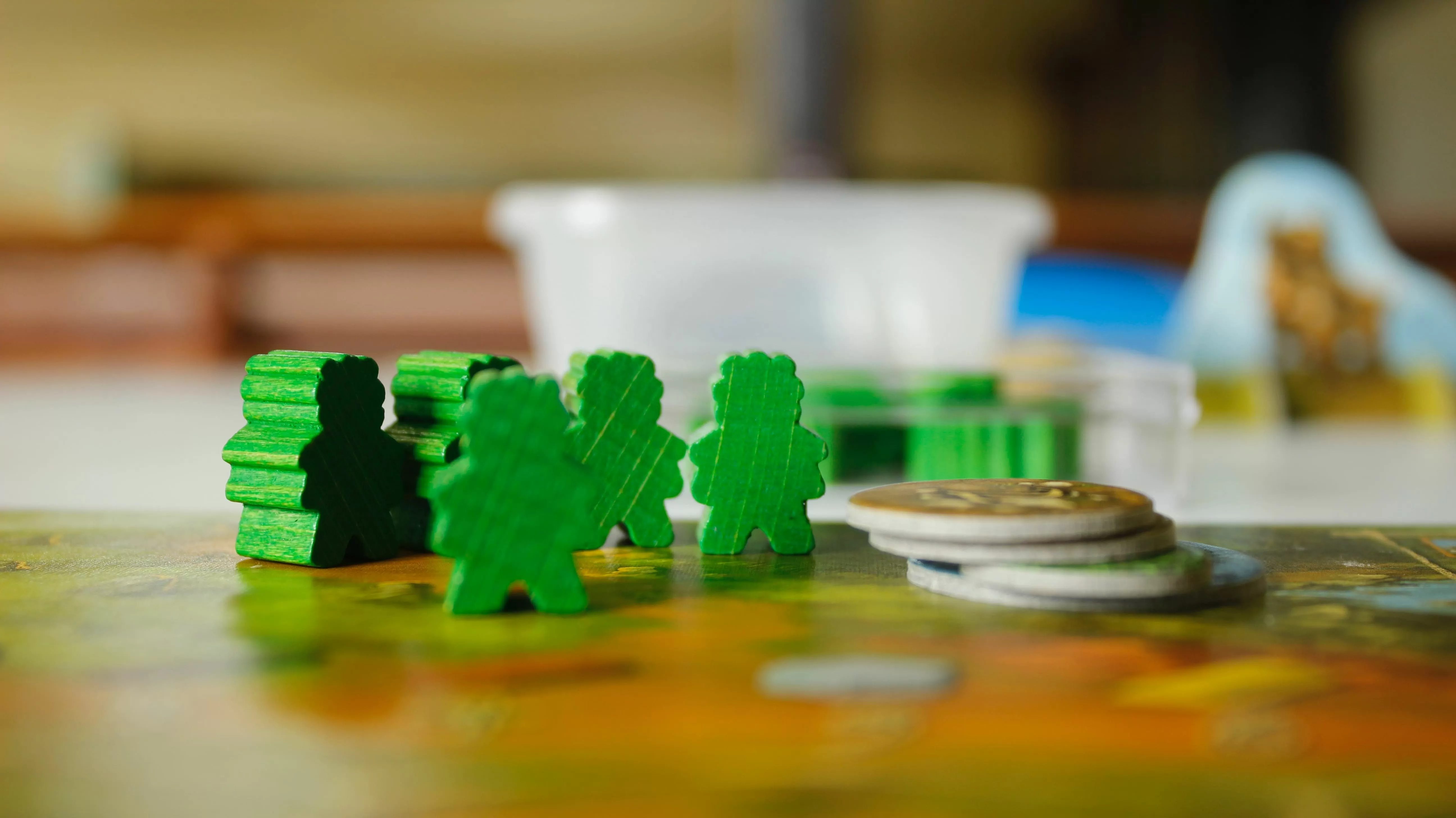PrintNinja - online printing made easy for creators
Determine Your Kickstarter Funding Goal
If you’re still struggling coming up with your Kickstarter budget, we can help – this article is a comprehensive tutorial on how to determine your Kickstarter funding goal.
Calculating your Kickstarter budget can be one of the most difficult parts of crowdfunding. To succeed, you need to set a funding goal that will cover your expenses. Without an accurate estimate of all of your budget, unforeseen costs could sabotage your success. We’re here to share our expertise on planning project costs and help you estimate your Kickstarter funding goal step by step.
Use our Kickstarter Calculator
Get a head start on actualizing your budget using our handy Kickstarter Calculator. You can input your estimated production costs, reward tiers, shipping costs, and other details as you go. We’ll combine that information with other resources, like the average distribution of backers and the average number of international backers, to estimate your total goal.

Collect quotes–lots of quotes.
The first step in estimation is finding out how much your game will cost. Determine what components your game includes, whether it’s cards, a game board, or other pieces. Then ask for quotes with a variety of units—500, 1,500, 2,000—to determine the breaking point at which your per-game cost is feasible for your customer. Start by getting your price for your custom game from our quote form.
A smaller order will have a higher per-unit cost, and a larger order will have a lower per-unit cost. Let’s say the 500-unit cost is $19.50 per game, while the 2,000-unit cost is $10 per game. Your game will be much easier to sell at the lower cost, and knowing your minimum manufacturing quantity will help you set your overall campaign goal: you’ll need $20,000 to cover manufacturing 2,000 copies, plus the additional costs of shipping, other rewards, and everything else you’ll need (don’t worry, we’ll go over each one of those in detail!).
When you request a game quote from PrintNinja, your quote is broken down by component. Take a look at what pieces are most expensive, and decide whether you need to adjust. For example, if a single piece is driving up the cost too much, you might swap it out for another material.
Estimate Shipping Costs
It’s easy to forget, but shipping adds up fast. You can always select to have the backer pay shipping, but most of our creators prefer to advertise free shipping and work the shipping cost into the overall price of the reward. Backers like seeing the total number upfront, rather than being surprised by a shipping cost after they’ve selected their reward.
Start with the most expensive item to ship, and calculate that cost:
Packaging + Handling Fee + Postage = Total Shipping Cost
Weight is the biggest factor, followed by size. Rewards that can fit into your game box or even be printed on the box itself will significantly cut shipping costs. Inexpensive to ship ideas include art posters, extra cards, extra miniatures, specialty printing (like foil or glow-in-the-dark), or working the backer’s likeness into the game as a character.
Make a list of the packing supplies you’ll need and their costs: boxes, bubble wrap, packing tape, labels, stickers, and anything else you may need.
Then, look at shipping costs. If possible, assemble a sample box for each reward tier. Pack them up, weigh them, and calculate your postage costs using the USPS postage calculator. Be sure to double check whether postage rates are set to increase within your production timetable and factor that in. If you’re interested working with an external fulfillment partner, continue reading in our shipping to backers section.
Find Your Magic Number

Subtract the money you’ll never see.
Kickstarter applies a fee of 5% of the funds you raise, plus a payment processing fee of a little over 3%. Depending on your location and what you raise, there may be taxes to factor in as well. To be safe, assume that roughly 10% of the money you raise will never reach your bank account.
Add it all up.
Add up the cost of producing your board game and bonus rewards, the cost of packing materials, your estimated shipping costs, and Kickstarter fees, and you’ll have a rough total for your funding goal. Again, this is where our Kickstarter Calculator can help ensure you’re not missing any costs.
Once you have a rough estimate, continue to research. Look at similar Kickstarters, including successful and unsuccessful campaigns. How does your goal compare? If your calculated goal seems reasonable, it never hurts to round up for a little extra padding. If your goal is higher than what similar campaigns tend to achieve, you may need to consider finding ways to lower costs and recalculate. It’s important to be flexible and focus on what will make your campaign most likely to succeed.
Ready to learn more about creating your own Kickstarter? Check out our hub page for more guides, our crowdfunding success stories, and more!
Download this content as an Ebook and read on your tablet.